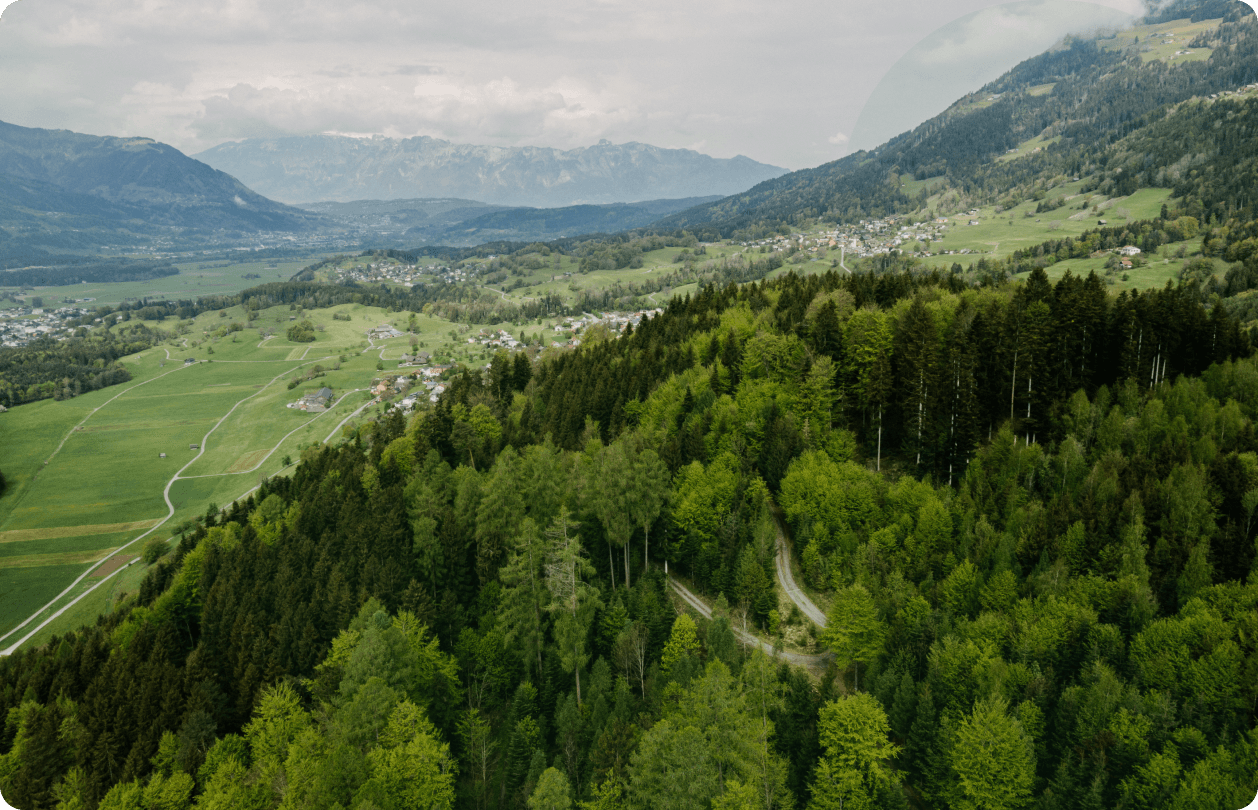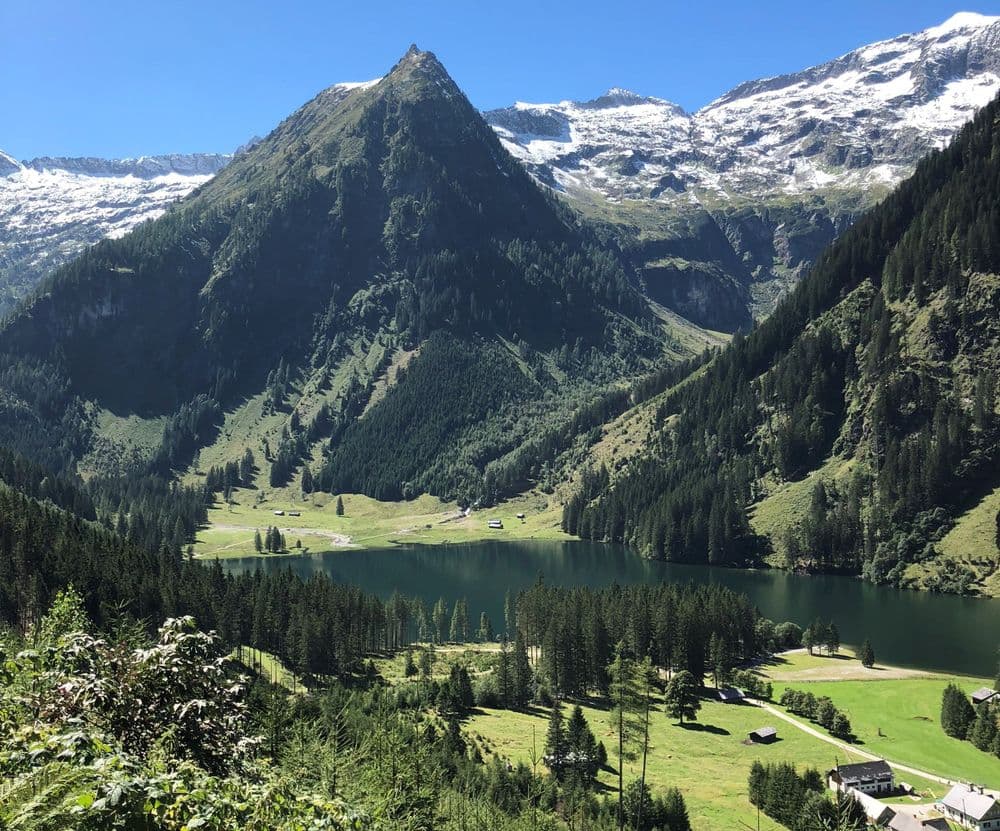OR: The chance for high-quality, regional projects!
The world's greatest challenge is climate change with its threatening consequences. Central to this is the reduction and removal of carbon. By 2040, humanity will have to dramatically reduce carbon, and lower what unfortunately still remains naturally (forests) or technically (minerals), i.e. store it in other forms. Natural carbon uptake by forests reduces the rate at which carbon accumulates in the atmosphere, thus reducing the rate at which climate change occurs. The urgency is high and a long-term solution to the problem is ecologically and also socially important.
Currently, the media (Der Spiegel, ORF) report that the contribution of forests is sometimes massively overestimated and that 70% of the certificates (mainly certified by VERRA) do not provide the promised compensation (source: Der Spiegel).
-
Of the 89 million carbon credits likely generated by the REDD+ sites studied in 2020, the study found that about 68 percent - more than 60 million allowances - came from projects that did little or nothing to reduce deforestation.
-
The remaining 32 percent of carbon credits also came from projects that did not conserve forest to the extent claimed, according to the study.
-
The researchers estimate that of the 89 million credits from these offset programs, 5.4 million - six percent - would be associated with additional carbon reductions from preserved forests.
These are not news anymore. Similar findings were already made by "The Guardian" in the spring. We also published our criteria for high-quality projects as a response.
These scandals are detrimental to the entire global movement of expanding our natural sinks (forests). At the same time, they present a significant opportunity to get things right and shape new thought patterns.
Credible Corporate Strategies
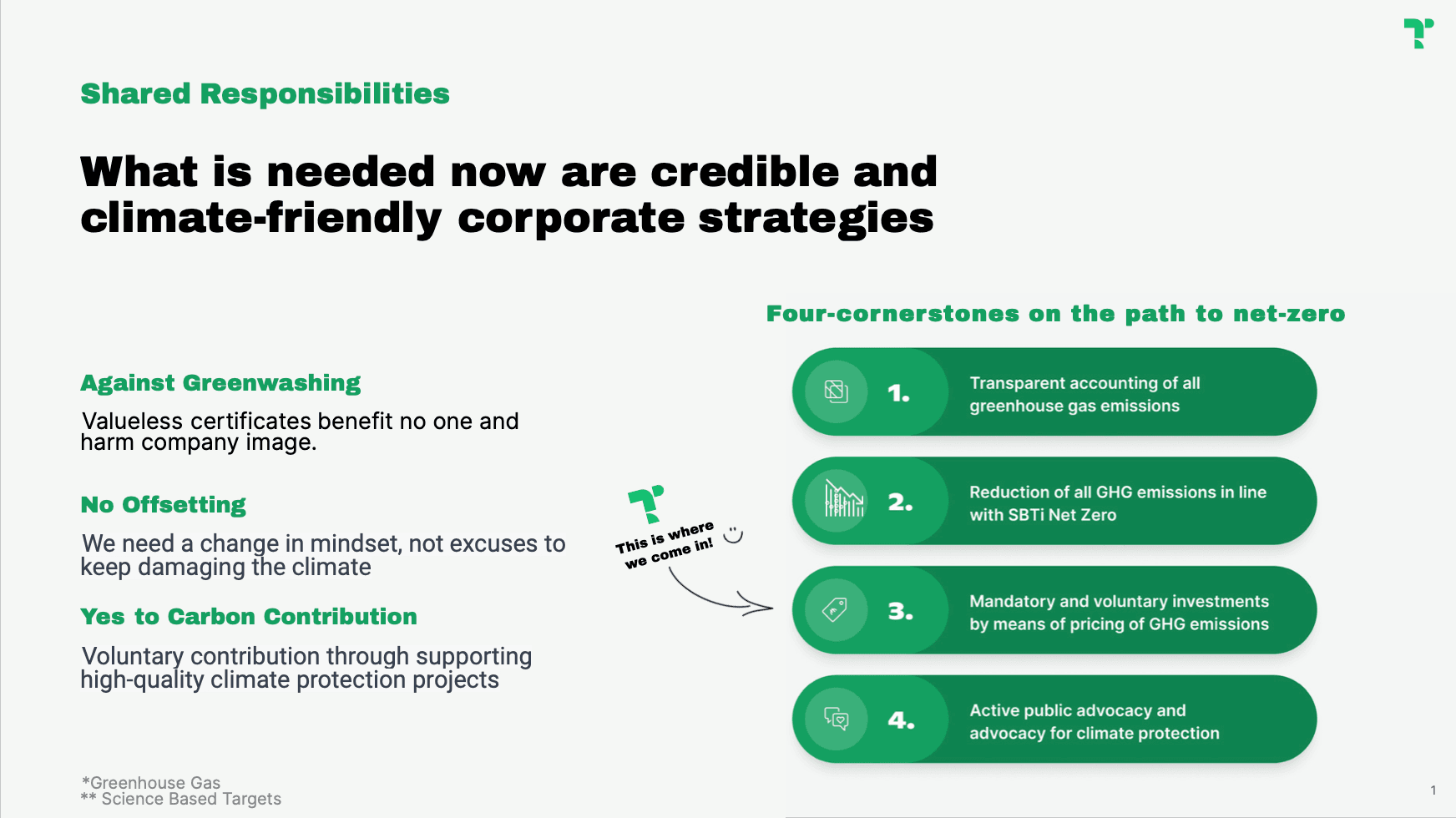
-
1
Transparent Reporting of All GHG Emissions: Scope 1, 2, and 3.
-
2
Emission Reduction Initiatives.
-
3
Taking Responsibility by Pricing Emissions and Supporting Climate Protection and Sustainability Projects.
-
4
Advocacy for Climate Action.
Transition to the Contribution Model
In the new model, "taking responsibility" no longer involves merely purchasing inexpensive certificates for one ton of emissions. Instead, it entails supporting high-quality climate protection and sustainability projects through financial contributions. All of this is in addition to our reduction efforts.
Climate Neutrality? Offsetting? - The Shift in Mindset
The articles mentioned at the beginning highlight the issues with the old mindset. The good news is that here at Tree.ly, we embrace the new mindset and are excited to embark on a journey with companies where the climate protection and biodiversity contribution of our local forests plays a significant role and is also financially recognized.

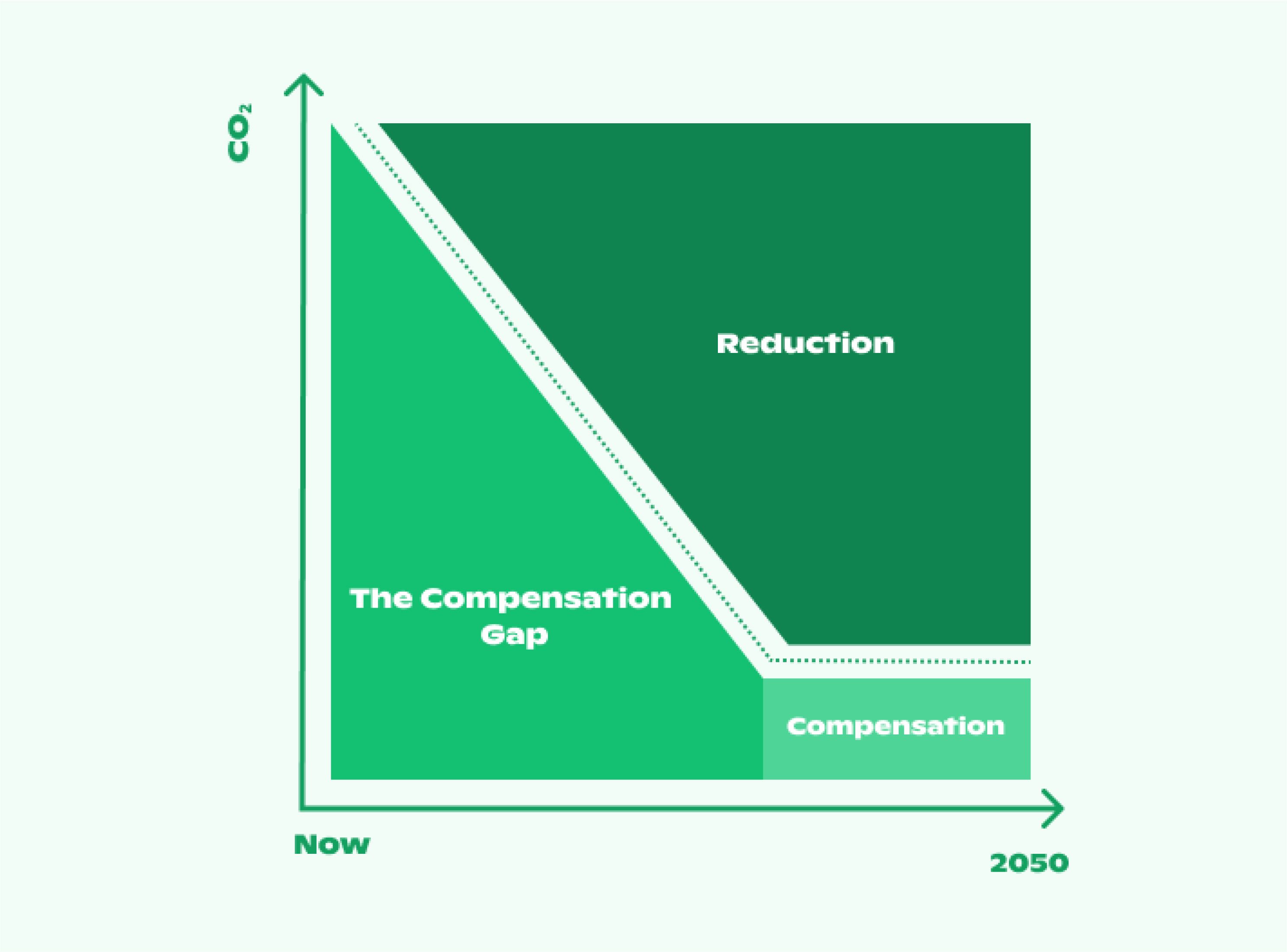
Facts about European Forests
We have come to realize that there is insufficient awareness about facts concerning European forests, and that there is an urgent need for action in this regard. The scientific paper "The role of forests in the EU climate policy: are we on the right track?" states in its summary:
"Regarding the trend, the latest EU greenhouse gas inventory for 2021 reports that the overall reported LULUCF net sink is 46 Mt CO₂/year weaker than the 2016-2018 average. All of these net losses occurred in forest land and the wood product sector, with their combined net sink decreasing by 48 Mt CO₂e between the 2016-2018 period and 2021. In contrast, other LULUCF categories reduced their aggregated net emissions by 2 Mt CO₂e/year during the same period. This trend indicates that while net emissions in non-forest categories are gradually moving in the right direction – that is, reducing emissions – the sink in forests and HWP is rapidly moving in the opposite direction."
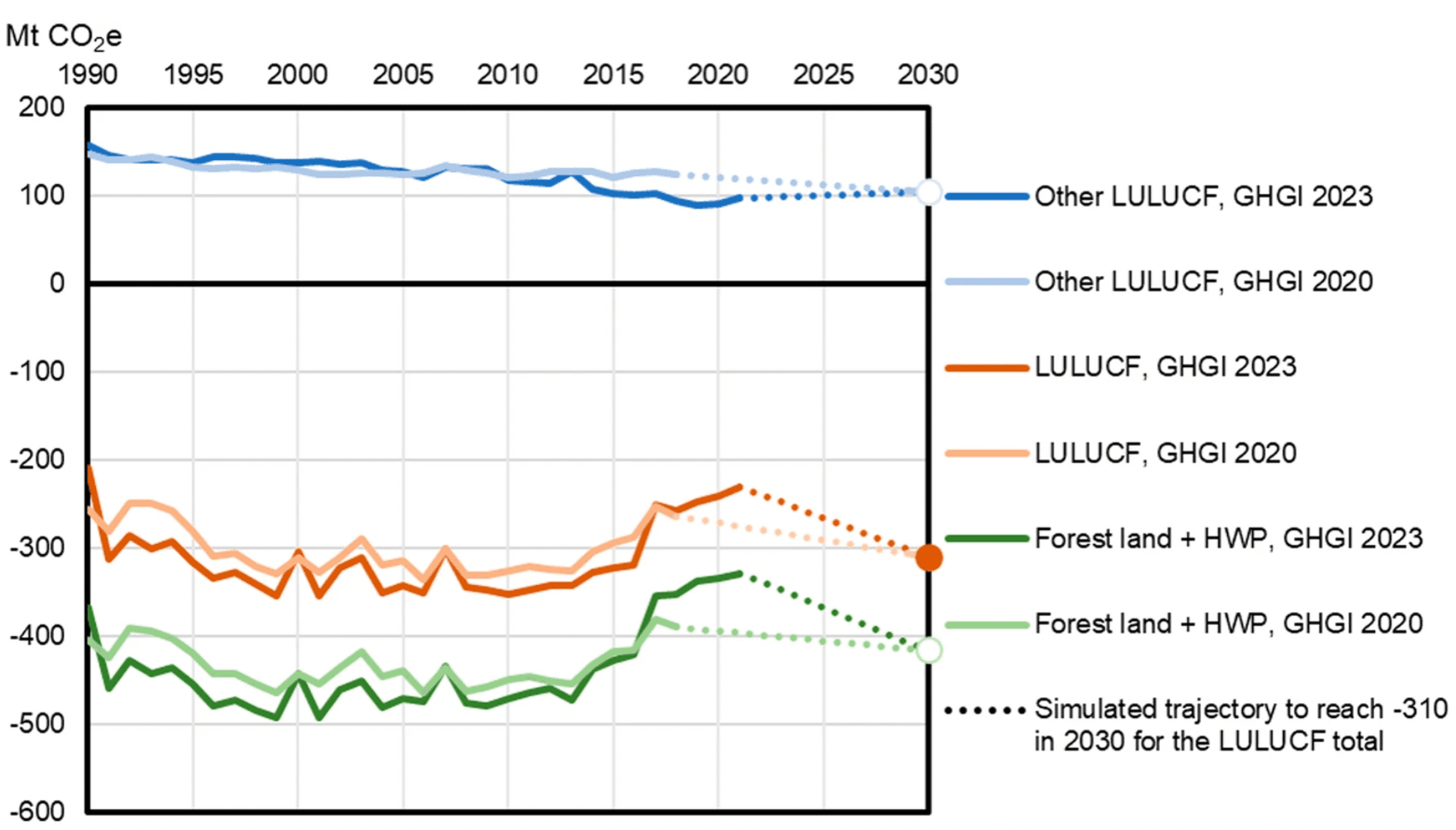 Quelle: biomedcentral
Quelle: biomedcentral
European forests hold tremendous potential to counteract climate change. Let's support this effort with high-quality projects.
If you're interested in becoming a climate change leader, read more.
Blogpost
4 Steps to Become a Climate Change Leader
